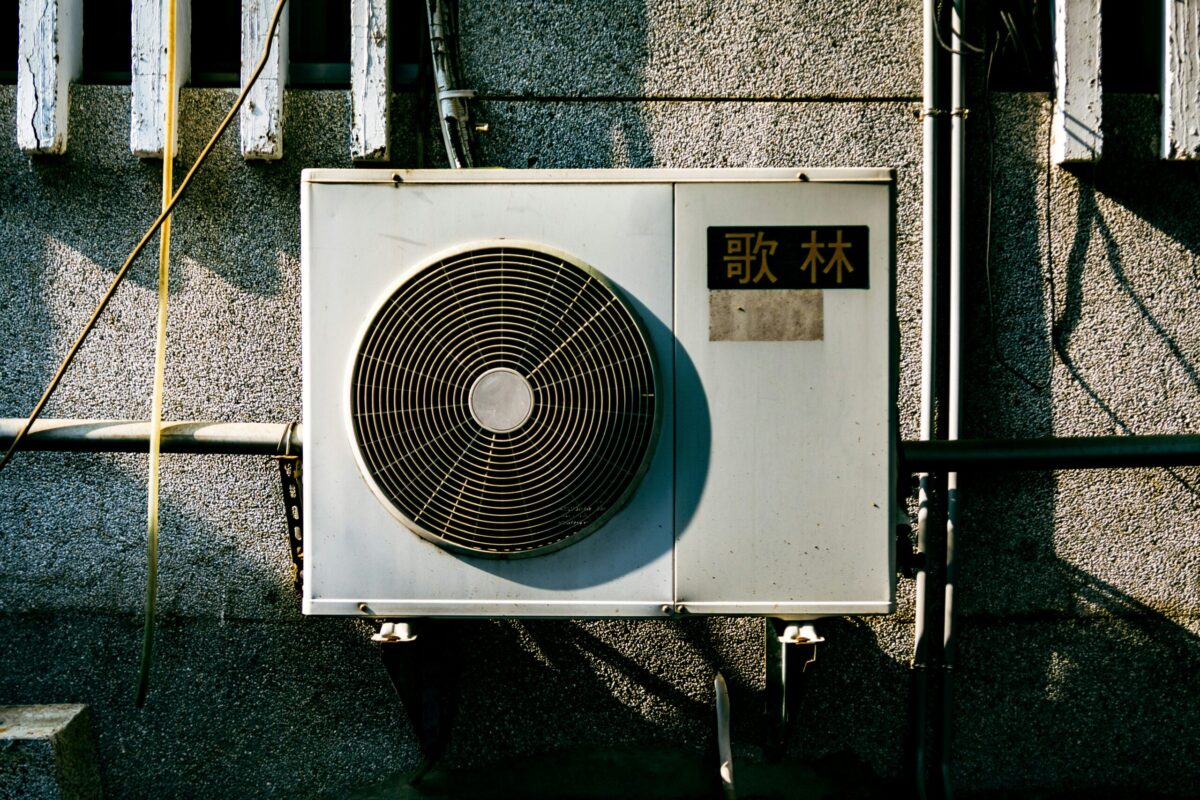
Scientists in China have designed a solar self-insulated composite exterior wall panel, integrating a solar collector panel, PV panel, and insulation board. The proposed experimental setup has reportedly a static payback period of 1.1 years.
Researchers from China have proposed a novel solar self-insulating composite exterior wall panel for applications in buildings.
The system integrates a solar collector panel, PV panel, and insulation board into a single unit to provide hot air indoors. It is the fourth generation of this mechanism developed by the same group, which has improved now with the complete enclosure of the system and the addition of a PV panel.
“This study encloses the solar collector panels with glass and replaces the lower exposed collector panels with PV panels. This design reduces the heat dissipation and provides electricity for the fan of the solar wall system,” the group said. “The unit composite exterior wall panel is designed with modularity to accommodate different facade window and column sizes, maximizing facade area utilization.”
The first layer of the novel design is an internal plaster, followed by an autoclaved aerated concrete panel 150 mm thick. It follows with a 30 mm layer of stone wool board insulation and an air gap of 80 mm. After that, a thermal solar collector with an inclination of 36° is installed. It consists of a steel or aluminum plate coated with a high heat-transfer-rate absorptive coating, perforated with many small holes.
The researchers explained that grid electricity was used to pump hot air into the rooms that needed it, with PV panels being incorporated for the first time. A small area of the modules is utilized to power the fan that extracts the heated air. Air inlets, sized according to the room’s heating requirements and air exchange rate, are located on both sides of the PV panels. These inlets rely on dust filters to ensure that the outdoor air passing through the solar collector panels is purified.
After designing this system, the team simulated it using the Fluent software. They simulated nine hours on both sunny winter and sunny summer days and measured the air outlet temperatures. Furthermore, an experimental design was also constructed and installed in an open area in Qingdao, China, for measurements on December 4th, 7th, and 8th, 2024.
“The PV panel power supply system utilizes a 12 V fan with rpm of 4,500 and a maximum air volume of about 35.963 m3/h, powered by a 720 mm X 540 mm monocrystalline 60 W 18 V PV panel, a 12 V controller, and two 12 AH batteries,” the academics explained. “The solar collector panel consists of steel plates (2 mm) with several heat exchange holes ranging from 0.5 mm to 3 mm and an opening rate of 0.1%-10%.”
The simulations showed that, during sunny winter days, the average temperature rise at the outlet was 41.33 C, which is 20.1 C higher than the partially exposed configuration and 22.55 C higher than the fully exposed configuration. In summer, the average temperature rise on a sunny day is 54.33 C, an increase of 21.77 C, compared to the partially exposed configuration.
However, the average temperature rise on the experimental setup was 41.23 C, 40.93 C, and 40.88 C for the three test days, respectively, while the simulated average temperature rise was 41.33 C. “The experimental and simulated data exhibit strong agreement in their overall trends,” the academics noted.
“The unit composite exterior wall panel achieves significant energy savings. The calculated building heating load and heating coal consumption indicate an energy saving rate of 65.47%. The static payback period is 1.1 years,” they concluded. “The retrofitted composite exterior wall panels can be designed as modular units of various sizes for application in prefabricated buildings. These panels are compatible with various structural systems, including steel structures, reinforced concrete frames, and wood structures.”
The system was described in “Optimized design and thermal performance study of solar heating composite exterior wall panels,” published in Frontiers of Architectural Research. Academics from China’s Shandong University of Science and Technology and Shandong Jianzhu University have conducted the study.
This content is protected by copyright and may not be reused. If you want to cooperate with us and would like to reuse some of our content, please contact: editors@pv-magazine.com.
Source link


